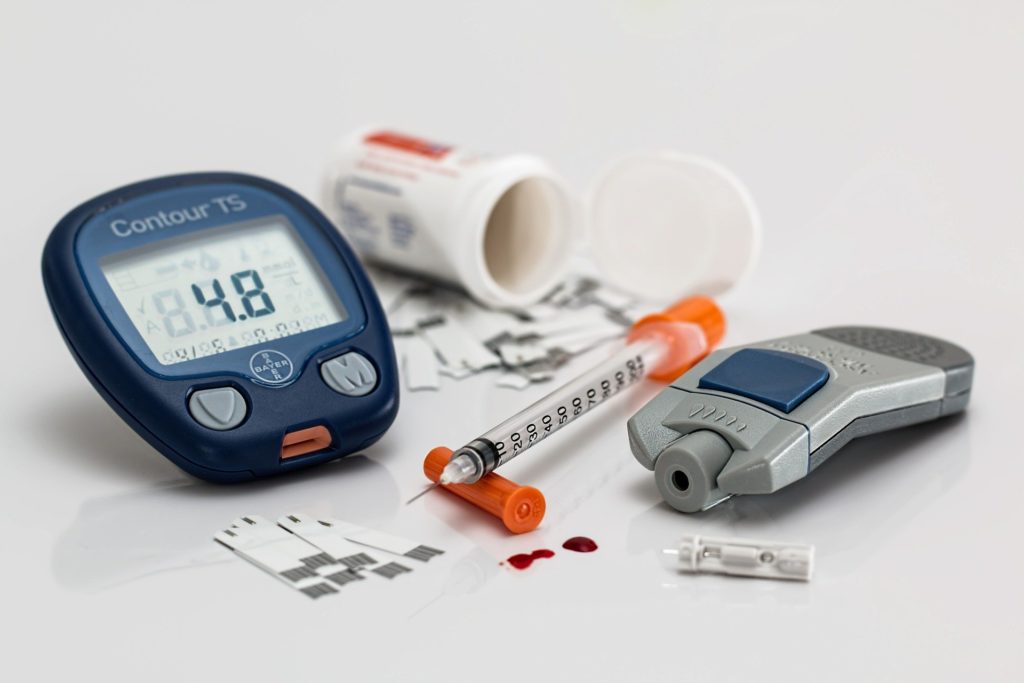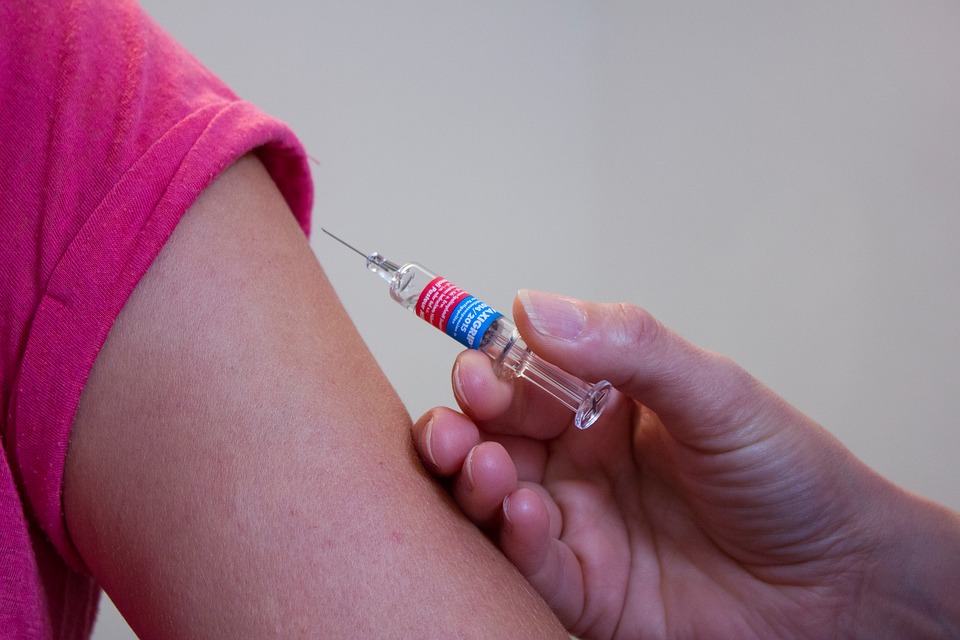
Individuals with fibromyalgia often face limited treatment options and struggle to find explanations for their symptoms. Researchers at Mass General Brigham have discovered that cognitive behavioural therapy (CBT) can significantly alleviate the burden of fibromyalgia by reducing pain-catastrophizing, a negative cognitive and emotional response that can intensify pain. Neuroimaging data showing decreased connectivity between brain regions associated with self-awareness, pain, and emotional processing support this finding.
“In this study, we examined how psychological processes and the brain’s connectivity patterns respond to pain,” stated co-senior author Robert Edwards, PhD, a clinical psychologist in the Department of Anesthesiology, Perioperative & Pain Medicine at Brigham and Women’s Hospital, a founding member of the Mass General Brigham healthcare system. “We sought to investigate how cognitive behavioral therapy (CBT), a type of talk therapy aimed at addressing maladaptive thoughts, can improve daily functioning and change the brain’s processing of pain-related information.”
Edwards explains that cognitive behavioral therapy (CBT) can reduce negative cognitive and emotional responses to pain. He says that while these responses are normal, they can amplify the disabling effects of chronic pain and make conditions like fibromyalgia (FM) more burdensome.
The research team for the study included researchers from three members of Mass General Brigham: Spaulding Rehabilitation Hospital, Brigham and Women’s Hospital, and Massachusetts General Hospital. Mass General Brigham brings together 16 member institutions, including academic medical centres, top-tier speciality hospitals, community hospitals, and more. Research that involves multiple entities within Mass General Brigham provides unique insights and perspectives from different settings and areas of expertise, making it more impactful than individual research efforts.
:Researchers recruited 98 women, randomly assigning 64 to a treatment group receiving CBT and 34 to a control group that received education about FM and chronic pain but was not taught specific CBT techniques. All participants were between 18 and 75 years old and had a confirmed diagnosis of fibromyalgia for at least six months. To collect baseline data, all participants completed several validated pain and quality of life questionnaires.
During the study, each group took part in eight intervention sessions, which involved 60-75 minute visits with a licensed mental health provider. The participants were mainly evaluated based on their pain interference levels, which measures the extent to which their pain affected their daily activities, as well as their pain catastrophizing, pain severity, and the overall impact of fibromyalgia on their quality of life.
Results demonstrated that those who underwent CBT experienced significantly greater reductions in pain interference. CBT participants also exhibited significantly less pain catastrophizing and reported that their FM symptoms had significantly less impact on their daily lives.
The team saw evidence that after undergoing CBT, patients experienced changes in the activities of all three networks that suggested a diminished focus on pain.
“Before undergoing cognitive behavioral therapy (CBT), we observed strong connections in certain parts of the brain related to self-awareness and sensation, indicating that patients were highly attuned to the pain they were feeling and internalized these symptoms,” said co-first author Jeungchan Lee, PhD, an instructor in the Department of Physical Medicine and Rehabilitation at Spaulding Rehabilitation Hospital and the Athinoula A. Martinos Center for Biomedical Imaging at Massachusetts General Hospital. “After CBT, these connections were significantly weaker, suggesting that patients were better able to separate themselves from their pain after therapy.”
This study was limited to women, partly because of its high prevalence, and partly to eliminate confounding gender differences in brain activity. In the future, the researchers hope to collect data from men and non-binary patients with FM. Additionally, CBT includes several therapeutic components, and these results cannot be generalized to assess the impact across all forms of CBT on reducing FM chronic pain.
Both Lee and Edwards agree that these findings ultimately suggest that complex chronic pain conditions like fibromyalgia should be addressed with a multitude of pharmacological and cognitive therapies.
“I hope that these findings motivate healthcare providers to consider CBT as an effective treatment option to reduce the impact of pain patients experience,” explained Edwards. “Chronic pain conditions like fibromyalgia involve long-standing patterns of changes in the central nervous system, and CBT is one among many treatment options, such as medication and physical therapy, that we know can be beneficial for those living with FM.”



